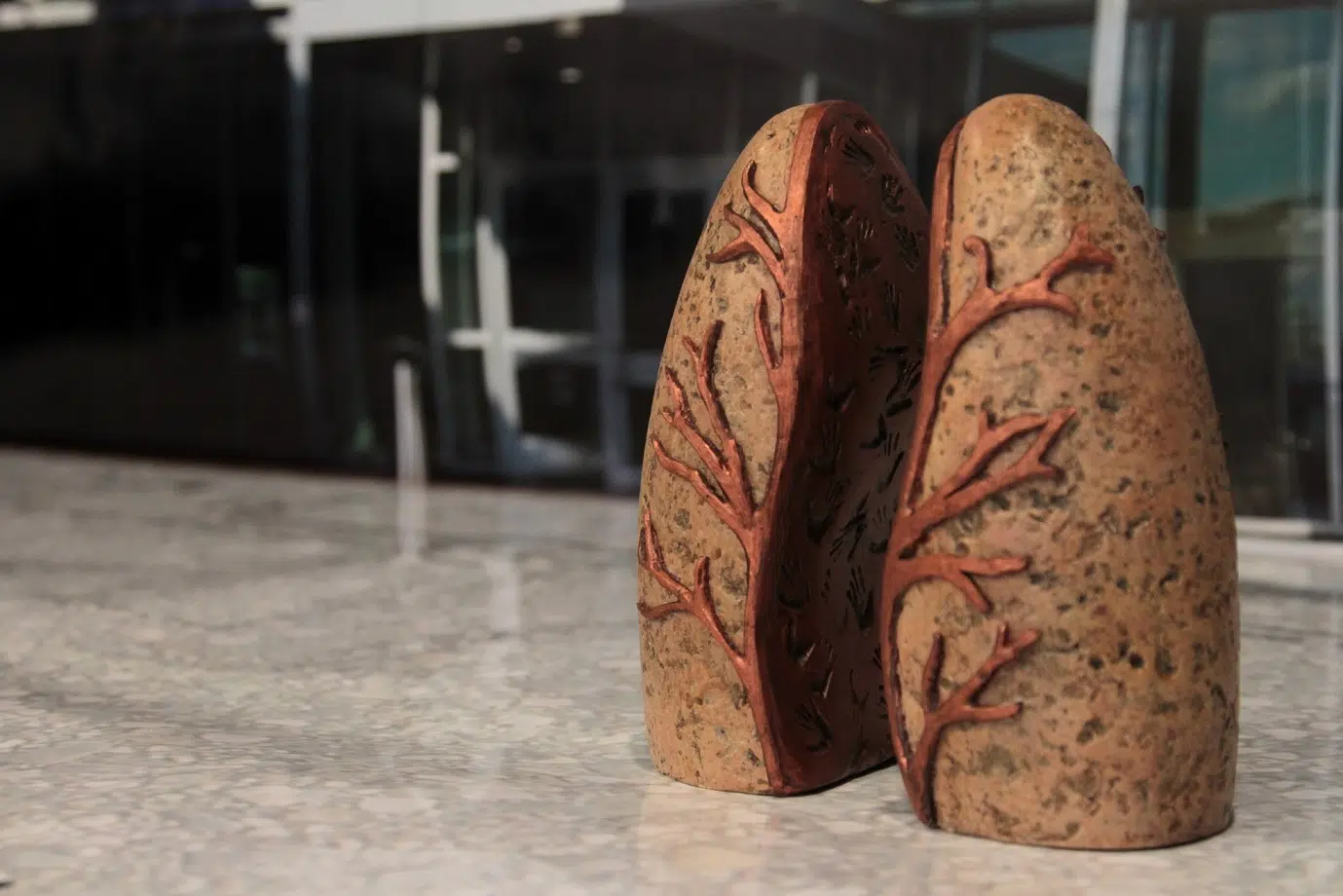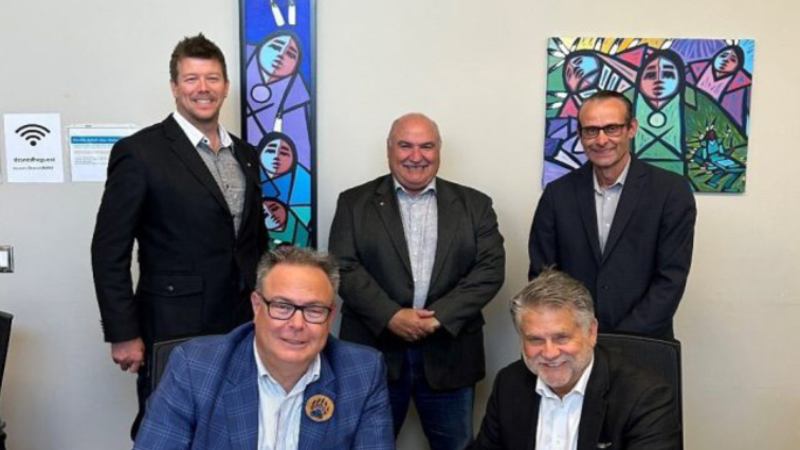
Shortlisted MMIW monument designs presented
Saskatoon Police are dedicating a new art installation outside their headquarters to Canada’s missing and murdered aboriginal women.
The yet-to-be-determined permanent piece of art will stand directly outside the main entrance to honour and remember the more than 1,000 victims.
On Wednesday, the public got their first chance to see the three shortlisted designs, talk to the artists and provide feedback.
“It’s an important part of the collective psyche to have a place to go, just like with our own families, a grave marker that we can go to a gravesite and visit once and a while,” artist Mary Longman said.


